SUMMARY
This is AI generated summarization, which may have errors. For context, always refer to the full article.

The University Church of the Immaculate Conception of the Blessed Virgin Mary has been the centerpiece of Xavier University-Ateneo de Cagayan’s (XU) campus since the 1950s.
Named in honor of the Blessed Virgin Mary, the patroness of Xavier-Ateneo, it was blessed and dedicated on December 8, 1954, by the university’s founder and first archbishop of Cagayan de Oro, James Hayes, and renamed on September 8, 2013, the feast day of the Nativity of Mary.
Yet, even after 18 years, very few people still know the story behind the church’s “Mary’s Windows.”

Its stained glass windows are the collective vision of three unlikely companions: a Jesuit priest, a budding young artist, and a scion of a German-Filipino family with over a century of tradition in the craft.
The concept started when then Xavier president Antonio Samson saw the stained glass windows of the Ateneo de Naga’s University Church of Christ the King from the drawings of a Bicolano artist.
Then, Father Samson saw up close the stained glass, worked on by Kraut Art Glass, during the blessing of the Ateneo de Naga chapel.
“Father Samson looked for artists who could render paintings for the Xavier church’s windows, which we would execute into stained glass,” said Roland Peter Kraut, managing director of Kraut Art Glass.
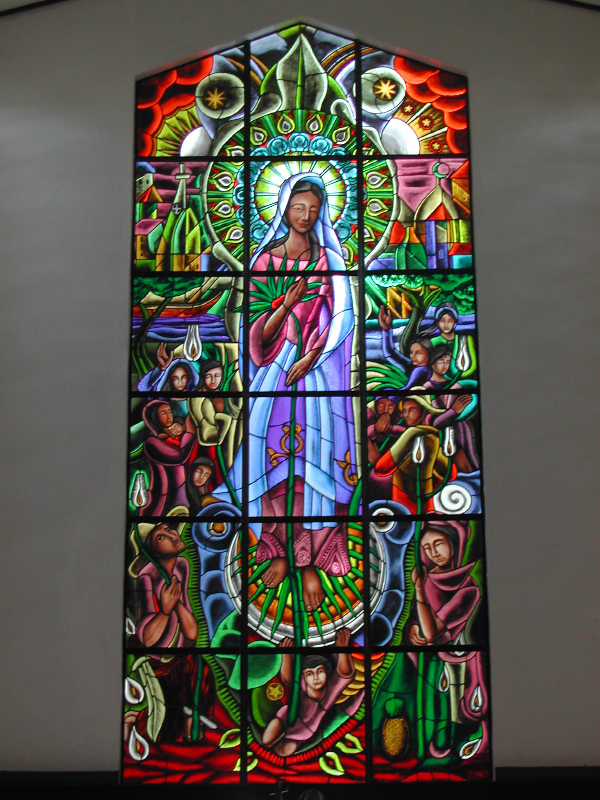
Beginnings
Although he initially contemplated having different artists do different sections of the windows, Samson eventually decided to let Ryan Carreon, then a junior BS Development Communications student at Xavier, work on all the paintings for the project.
The priest first saw Carreon’s work through a watercolor painting of a Filipino Madonna and Child in a Circulo de Arte exhibit at XU in 2002, and he eventually told him about his plans for stained glass windows at the chapel.
Carreon traces his penchant for religious paintings to his childhood in Malabon, where a cousin would often bring him to the Sacred Heart Church in Tugatog.
It was there where he first drew a figure of the Virgin Mary with a black pencil when he was just a child.
Although he often doodled through the years, it wasn’t until 1994 when he attended a “Munting Daliri” workshop, where he learned how to handle watercolor, pastel, and oil.
Before his family moved to Cagayan de Oro in 1994, Carreon visited the Santo Domingo Church in Quezon City where he reveled at the huge stained glass windows by national modernist artist Galo Ocampo.
Being a young artist who had never worked on stained glass before, Carreon was brought by Samson to Manila to look at the Kraut Art Glass workshop, stained glass, and art museums.
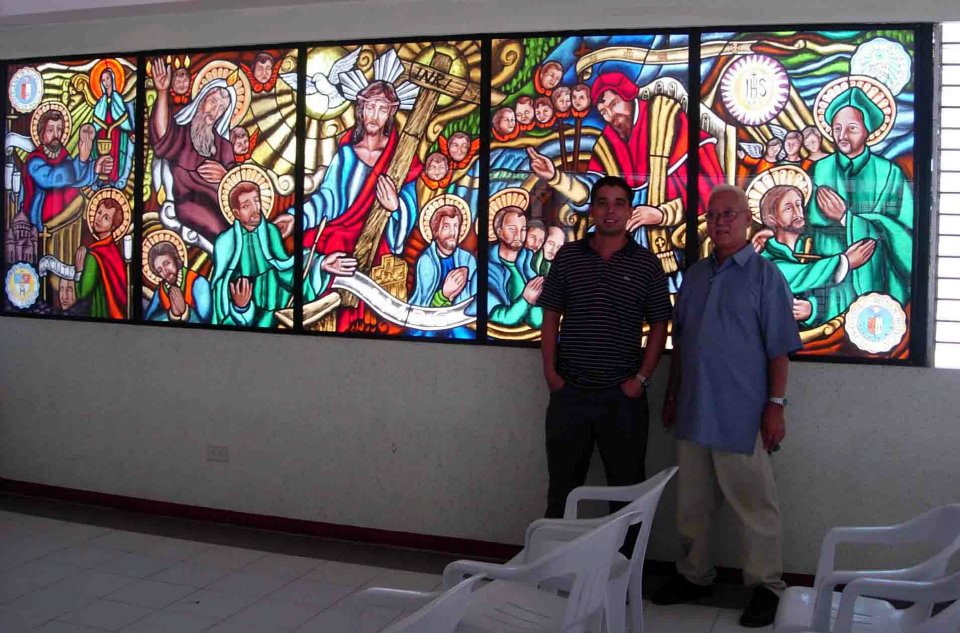
Visions coming to life
“I gave Ryan (Carreon) the topics for the windows at the XU Main Chapel. You will notice that faces of XU people, living and dead, were also included in the windows,” Samson said.
The windows were installed by set, first at the back of the chapel in 2003.
It took six to seven months for the artisans at the Kraut Art Glass workshop, including an architect named Gerald Paraiso, to finish each set of windows from the time the paintings were submitted.
The windows at the back of the church are centered on a large panel of the Immaculate Conception.
Six panels, three on each side, feature the key mysteries of the salvation story.
At the bottom of these panels, key events and people of XU are featured.
The main chapel is also beautifully located for the windows; the stained glass windows at the front façade, facing west, are brightly lit by the afternoon sun when viewed from the main altar.

Destined by fate
Father Samson said it was like the church’s layout was destined to receive Mary’s Windows.
He said the number of upper windows fitted perfectly with the 20 mysteries of the Holy Rosary and the six windows featuring Jesuit saints near the altar (three on each side).
Samson said he was so happy with the work that when he returned to Ateneo de Davao University, he had Carreon do the paintings for another set of stained glass windows there.
Kraut has similar plaudits for the artist: “I was lucky to see Ryan’s growth as an artist. His first Immaculate Conception painting was beautiful. After seeing his paintings executed into stained glass, Ryan improved by combining the striking colors of glass into the details of his paintings. Each artist has his style, and Ryan’s painting has its distinct character which fascinated and challenged our artists and me.” – Rappler.com
Add a comment
How does this make you feel?
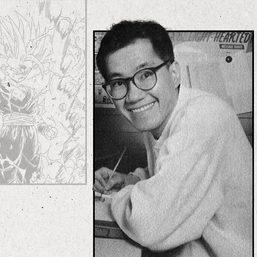
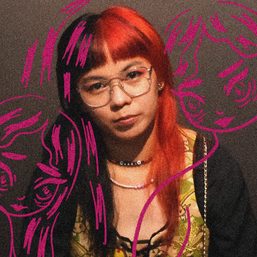

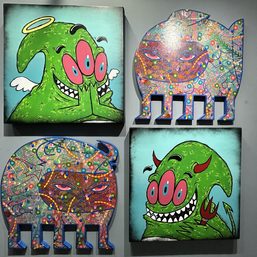










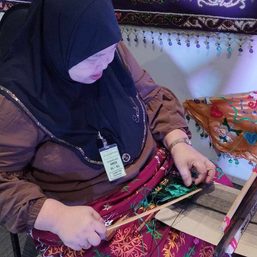
There are no comments yet. Add your comment to start the conversation.